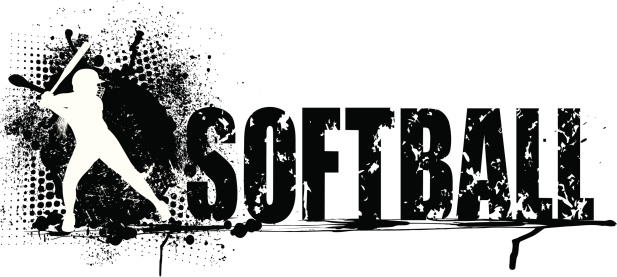When to Expect a Steal
Anytime there is a runner on first base and less than two outs when your team is in the field, you should prepare for the steal. What does this entail? Well, the only players who need to move before the pitch are the second baseman and shortstop. Your second baseman can step up right behind the baseline; she shouldn’t be in the baseline because if she interferes with the runner, the runner will be safe. The shortstop, on the other hand, needs to creep towards the bag. But she cannot give up her spot entirely. If the shortstop cheats too much, she leaves a gaping hole in the infield.
The Defense
The bench should yell, “Going!” if they see the runner take off, so everyone on the infield needs to keep their ears open. The shortstop will take the throw at second base in most cases. In fact, the shortstop should make it second nature to cover the bag anytime there is a runner on first, after each pitch is thrown.
The Shortstop
On a steal attempt the catcher is the most instrumental player, yet the shortstop must be able to handle any throw. A ball that happens to sail over her head would be the outfielders’ responsibility to back-up, but generally, the shortstop is responsible for handling anything that hits the dirt. Even if it’s a menacing short hop that may be a little too hot to handle, she’s got to figure out how to handle it.
- Always try to straddle the bag: Having your back to third base and your throwing shoulder facing the catcher will put you in the best position to receive the throw — and out of harm’s way if the runner decides to slide spikes up.
- Keep your glove in front of the bag: Having your pocket open and your glove waiting for the ball in front of the bag will make it easier to transition into sweeping the tag on the runner.
- Sweep behind you & keep the tag on: Get into the habit of always putting on a tag and sweeping behind you (since your glove will be in front of the bag). This may not always be necessary, but if you can develop this habit, you’ll be able to tag out the runners who try to sneak a hook slide past you.
- Show the ball: In the event of a close play (even if you might have missed her by an inch or tagged her too late), put on a sweeping tag and immediately show the ball to the umpire. You’d be surprised at how this gesture can get a few more outs than you’d expect.
Keep Your Glove Low!
The best possible place to await the throw is straddling the bag with your glove on the ground. There is sound reasoning behind this. First, you have to realize that on every steal, the runner is going to slide. That means she is going to be low on the ground so that’s where you’ll need to tag her. Second, the throw may not always be on target. If your glove is midway in the air (at about waist height), you will have to move your glove up or down for off-target throws — that’s two directions to worry about. But if your glove is on the ground, you only have to move your glove one way (up) to get to a ball. The less you have to move, the better. Many times when the ball hits the ground there will not be a pronounced hop, keeping the glove low with the reflex to go high will significantly decrease misplays.

